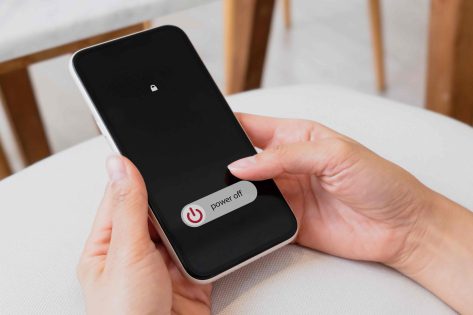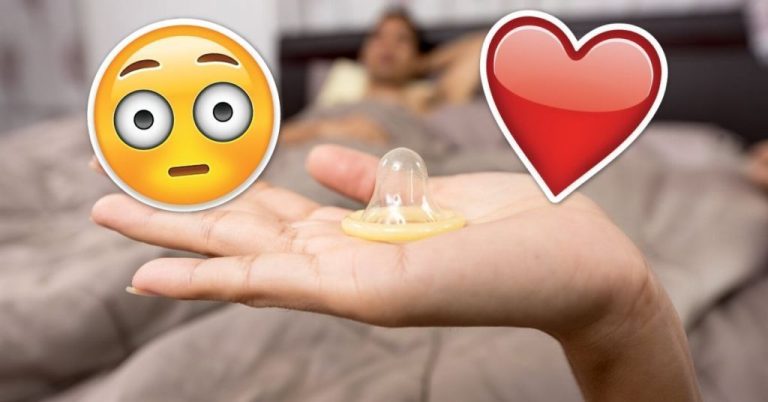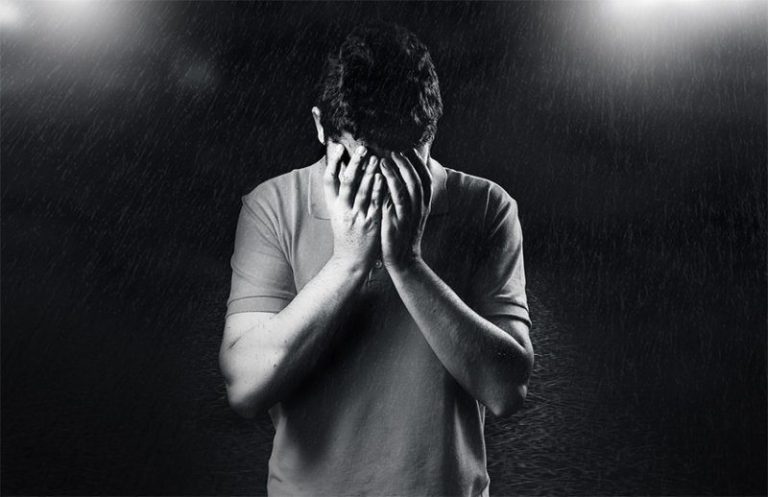8 Tips to Jumpstart a Digital Detox for a Healthier Mind
In our fast-paced, digitally-driven world, it’s easy to find ourselves constantly tethered to our screens. Whether it’s checking emails, scrolling through social media, or binge-watching the latest series, the digital realm has become an integral part of our daily lives. However, amidst this constant bombardment of information and screen time, it’s crucial to recognize the potential impact on our mental well-being. This is where a digital detox comes in – a conscious effort to unplug and recharge our minds. Here are eight tips to jumpstart your digital detox journey.
Set Clear Boundaries
Start by defining specific time periods when you’ll be device-free. This could be during meals, the first hour after waking up, or the last hour before bedtime. Setting clear boundaries helps create a sense of routine and allows your mind to take a break from the constant influx of information. Research published in the Journal of Behavioral Addictions suggests that setting clear time boundaries for device usage can reduce the risk of developing problematic smartphone use.
Designate Tech-Free Zones
Identify spaces in your home where technology is off-limits. The bedroom is a great place to start, as the blue light emitted from screens can interfere with sleep patterns. Establishing these tech-free zones creates physical spaces where you can relax and unwind without the constant hum of digital distractions. Psychologists recommend creating designated tech-free spaces to promote better focus and improved quality of interpersonal relationships.
Prioritise Face to face Interactions:
Make a conscious effort to spend quality time with friends and family in person. Engaging in face-to-face conversations fosters deeper connections and helps break the cycle of virtual interactions that can leave us feeling isolated. A study published in the journal Computers in Human Behavior found that increased face-to-face social interactions were associated with lower levels of depression and anxiety.
Reconnect With Nature
Step outside and immerse yourself into the natural world. Whether it’s a stroll in the park or a weekend hike, spending time in nature has been linked to reduced stress levels and improved overall well-being. A report in the International Journal of Environmental Research and Public Health highlights the positive effects of nature exposure on mental health, including decreased stress and enhanced mood.
Practice Mindfulness
Incorporate mindfulness techniques into your daily routine. This can include meditation, deep-breathing exercises, or simply being present in the moment. Mindfulness helps train your brain to focus on the present, reducing the urge to constantly check your devices. Studies published in the Journal of Cognitive Enhancement show that mindfulness practices can improve attention, cognitive flexibility, and overall well-being.
Unplug Before Bed
Create a wind-down routine that involves disconnecting from screens at least an hour before bedtime. The blue light emitted by screens can disrupt the production of the sleep hormone melatonin, making it harder to fall asleep. Research from the journal Sleep Health emphasizes the importance of a screen-free wind-down routine for better sleep quality.
Re-evaluate Social Media Use
Take a critical look at your social media habits. Consider setting limits on daily usage or unfollowing accounts that contribute to negative feelings. Social media detoxes have been associated with improved mental health outcomes. A study in the Journal of Social and Clinical Psychology found that limiting social media use to 30 minutes per day resulted in significant reductions in depression and loneliness.
Engage in Offline Hobbies
Rediscover offline hobbies and activities that bring you joy. Whether it’s reading, painting, or playing a musical instrument, engaging in non-digital pursuits provides a fulfilling alternative to screen time. According to the American Psychological Association, participating in hobbies can enhance mental well-being by providing a sense of purpose and accomplishment.
Embarking on a digital detox journey doesn’t require drastic measures. By incorporating these tips into your daily life, you can gradually reduce your dependence on digital devices and cultivate a healthier, more balanced mind. Remember, the key is to find a balance that works for you and allows you to enjoy the benefits of both the digital and offline worlds.
If you think that you can benefit from professional support on this issue you can reach out here.
Lisa Scalpello is a trainee professional offering therapy sessions to clients who are experiencing struggles in different areas of life such as work, studies or relationships, that put a strain on mental health. She is trained in cognitive behavioural therapy (CBT) and acceptance and commitment therapy (ACT).
References:
Primack, B. A., Shensa, A., Sidani, J. E., Whaite, E. O., Lin, L. Y., Colditz, J. B., … Colditz, J. B. (2017). Social media use and perceived social isolation among young adults in the U.S. American Journal of Preventive Medicine, 53(1), 1–8. https://doi.org/10.1016/j.amepre.2017.01.010
Firth J, Torous J, Nicholas J, Carney R, Rosenbaum S, Sarris J. Can smartphone mental health interventions reduce symptoms of anxiety? A meta-analysis of randomized controlled trials. J Affect Disord. 2017 Aug 15;218:15-22.
doi: 10.1016/j.jad.2017.04.046. Epub 2017 Apr 25. PMID: 28456072.







